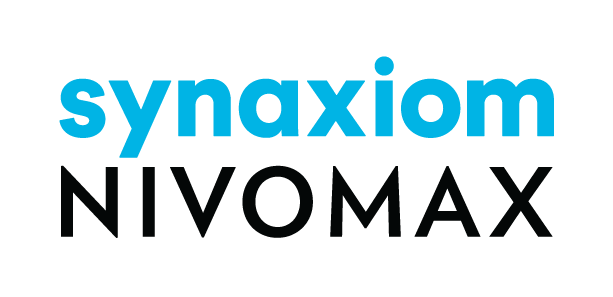The Role of Single Sign-On (SSO)
Authentication vs. Authorization: What’s the Difference?
Authentication involves verifying the identity of a user, device, or other entities, ensuring they are who they claim to be. This typically involves checking credentials against those stored in a security database and is the first step in securing access to systems.
Authorization, on the other hand, is the process that determines what an authenticated user is allowed to do, such as which resources they can access and what operations they can perform. It involves managing access rights and is crucial for maintaining secure access to an organization’s resources.
The Role of Single Sign-On (SSO)
SSO is a service that allows users to use one set of login credentials (e.g., username and password) to access multiple applications. The authentication is handled by a central IdP, which checks the credentials and issues tokens used by various applications to verify user identity. This means once the IdP authenticates the user, all connected applications can trust this authentication.
Dealing with “Not Authorized” Errors
One common challenge that arises even after successful authentication via SSO is encountering “not authorized” error messages. This error means the user, although authenticated, does not have the necessary permissions to access a specific resource or perform a particular operation.
Common Causes for Authorization Errors in NIVOMAX Systems:
- Role Changes: Users’ roles within an organization can change, potentially leading to outdated permissions that don’t reflect their current roles.
- Misconfigurations: Errors in configuration settings in the IdP or the applications can lead to incorrect permission checks.
- Policy Updates: Changes in access policies might not be properly or promptly reflected across all systems.
NIVOMAX-Specific Authorization Challenges
A prevalent issue for many users of the NIVOMAX system is related to SSO Authorization. Users with SSO credentials used to access other systems using SSO login might not be provisioned correctly within NIVOMAX. Since NIVOMAX operates on an invitation-only basis, new users must receive an invitation to be properly provisioned. This specific scenario is often the root cause of “not authorized” messages seen by users.
- Invitation-Only System: Users need an invitation to gain the necessary access permissions within NIVOMAX, which integrates their SSO credentials with the appropriate access rights within the system. In such situations users will see [ERROR SSP-0062].
How to Overcome Authorization Issues
To effectively manage and resolve authorization issues, especially in SSO environments like NIVOMAX, consider the following steps:
- Verify User Roles and Permissions: Ensure that all user permissions reflect their current roles and are consistent across systems.
- Check Configuration Settings: Regularly review and adjust the IdP and application settings to align with current authorization requirements.
- Regular Audits: Conduct audits to ensure that access policies and configurations accurately reflect the latest security standards and organizational policies.
Conclusion
Understanding and implementing robust authentication and authorization strategies, particularly in SSO-enabled systems, are vital for maintaining secure and efficient access to enterprise resources. For NIVOMAX users, recognizing the nuances of these processes and the importance of proper provisioning via invitations can significantly enhance their experience and security. Addressing common issues like “not authorized” errors is essential for improving both user satisfaction and overall system security.

